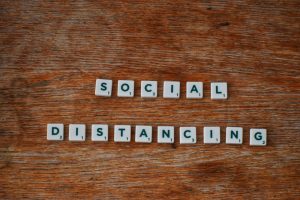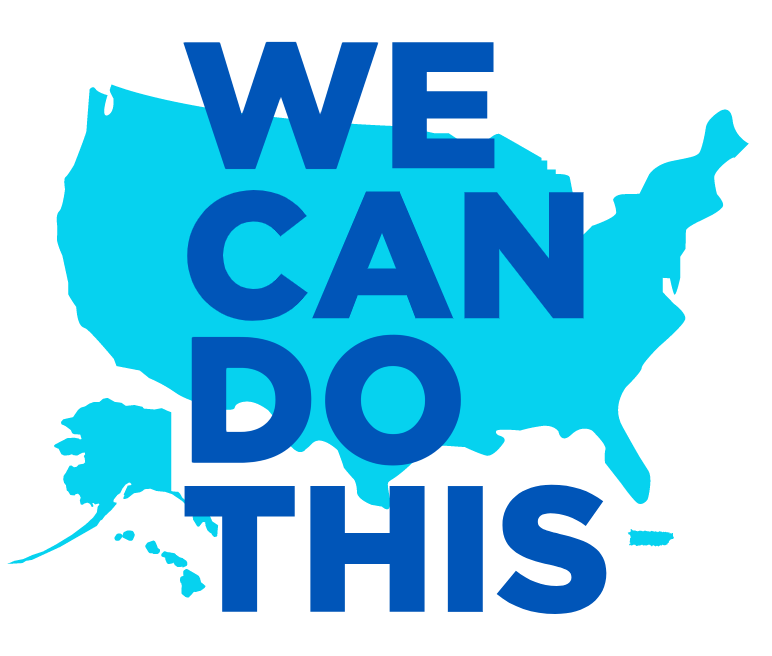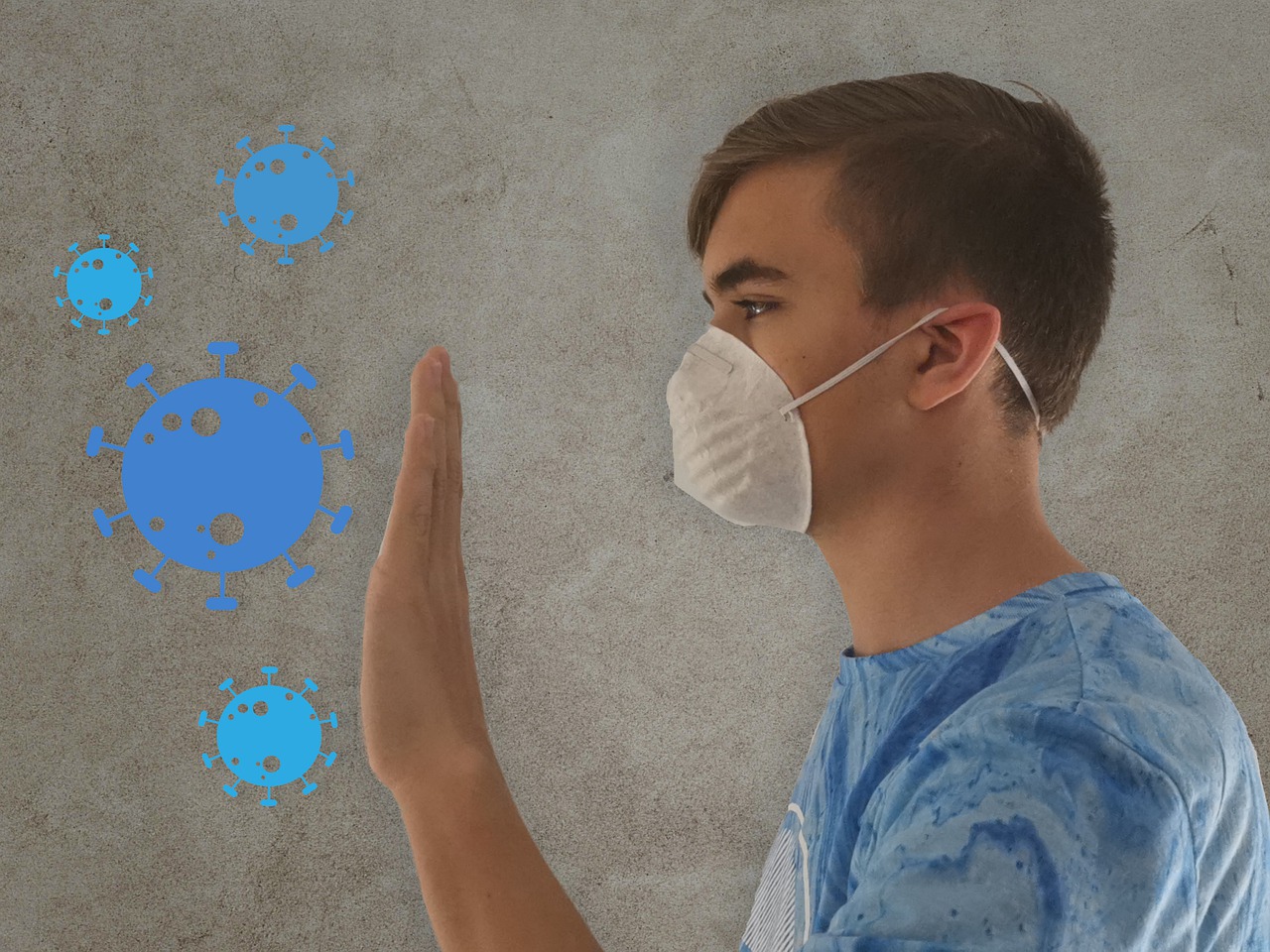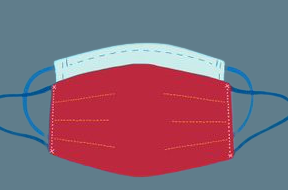Face It! You’re Bad At Judging Physical Distance. Here’s How To Do It [video]
 Keeping a physical distance from other humans is more critical than ever in the pandemic, with COVID-19 cases surging and more contagious variants spreading. Yet humans are not very good at it. Learn how to judge when you are at the right physical distance.
Keeping a physical distance from other humans is more critical than ever in the pandemic, with COVID-19 cases surging and more contagious variants spreading. Yet humans are not very good at it. Learn how to judge when you are at the right physical distance.
Why 6 Feet?
Which does raise a question: Why is 6 feet the magic number?
Six feet is based on many studies – going back to the late 1800s — about how far infectious droplets can travel through the air after, say, a sneeze or a cough or a shout before falling to the ground, says Dr. Abraar Karan, a physician at Harvard Medical School.
And even if you don’t think you’re sick – you could be infected and not yet know it. So keeping 6 feet of distance can pay off for everyone.
Unfortunately, droplets aren’t the only way the virus travels and infects others. COVID-19 is also spread by smaller aerosols we exhale, and these aerosols can travel more than 6 feet.
But public health doctors say you have to create a reasonable distance for the public to follow.
Why Is Does 6 Feet Look Like?
So now let’s return to the pressing question: How do you tell if you’re really 6 feet away?
In some situations humans are very good at judging distance. Fulvio Domini, a visual scientist at Brown University, says studies show if you blindfold someone and tell them to walk a certain number of feet – like 6 — they usually do it just fine.
But when the blindfold is off and your brain is busy … thinking … you may not be as accurate.
Picture yourself lying on the ground. Watch this short video for tips:
Another good tip to keep that 6 feet of distance is to think about your wingspan — the distance from fingertip to fingertip with your arms outstretched. If you reach out one arm and the person you’re with reaches out one arm, that’s the rough equivalent of your height — so 6 feet, give or take, depending on how tall you are. If you want to judge distance, stretch out an arm, have your companion do the same and adjust accordingly for your respective stature.
What To Say If There’s A Space Jam
So what do you do if you’re in a situation where someone is getting too close?
If it’s just a quick pass-by – and the person isn’t shouting or sneezing into your face, you shouldn’t worry too much. The general idea is to avoid prolonged face-to-face contact and crowds — especially indoors where airflow can’t disperse any infectious particles.
Another safety precaution: just turn your head away from the other person. Then any droplets or aerosols you’re each emitting won’t head directly toward the other one’s face.
Seema Lakdawala, a virologist who studies flu transmission at the University of Pittsburgh, admits she has not been very diligent about speaking up “if people are encroaching on my six feet. In hindsight, I wish I had said something. We all have to do a better job of communicating to people when we feel our environment is becoming less safe.”
Excerpted from “Face It! You’re Bad At Judging Physical Distance. Here’s How To Do It” on NPR. Read the full article for additional details.
Source: NPR | Face It! You’re Bad At Judging Physical Distance. Here’s How To Do It, https://www.npr.org/sections/goatsandsoda/2021/01/15/956086041/video-face-it-youre-bad-at-judging-physical-distance-heres-how-to-do-it | © 2021 npr
Do you need someone to talk to? To schedule an evaluation or to get advice about your child’s challenges, call or email a CHC Care Manager at 650.688.3625 or careteam@chconline.org CHC teletherapy services are available now.





